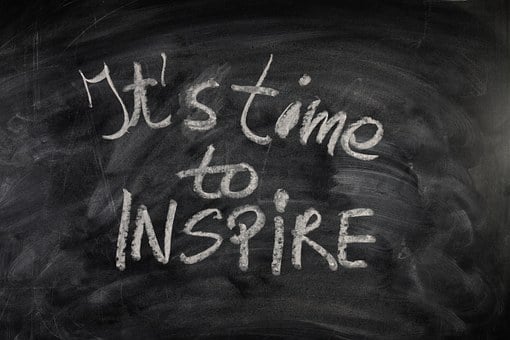Ah, another one I see a lot of new writers miss. The whole body language can add so much more to your writing. My pet peeve are all those adverbs and this can remove most, if not all of them.
So, where to start, I hear you ask. Easy. Think about the situation you’ve just put your character in. Then imagine how you’d react.
Now, I can’t cover every situation, but enough to give you a start. And, remember, most can cover more then one emotion, so please get the setting right first.
The Head Tilt – Now, this is one we all do. But why? Well, mainly when we are listening to someone and want to make them realise we are paying attention. Maybe, we are waiting for a response to a question and tilt our head with maybe a slightly scrunched up brow.
Rubbing a hand over chin or beard – The person is thinking, but is it good or evil thoughts. If he’s standing up, straight and tall, might be good. Now imagine him bending over a victim. Someone tied up. It’s way different. Add in some icy eyes and even I’m getting a chill.
Eye contact – This is a good one. If they make direct eye contact, they are trying to be dominant or are confident. Lowered and they are submitting or unsure.
Arms crossed – Your character is being defensive. Or are they? Now imagine them with slumped shoulders, moist eyes, and crossed arms It gives a completely different response. Now they are hurt, Maybe rubbing their arms as they shiver. Maybe they are spilling their heart about a bad situation or some abuse they suffered.
Tapping their fingers – Impatient. But maybe they are taping their lips for a kiss? Tapping the table in time to the music?
Nail biting – Nervousness. Does your character bite their nails all of the time? Is it no more habit? Maybe they are in a difficult situation and have just started?
Rubbing hands together – This can be a fun one. Why do you rub your palms together. cold and trying to warm up. How about we go back to leaning over a victim and have our villain run his hands together? I’d dread to think what their next move might be.
Clenched fist – Basically move away because they are angry. Probably trying not to hit someone.
Reduced body space – A confident person will like lots of space around them. It can also make you feel more confident. A person who shuffles up and reduced their own body space is feeling intimidated. If the body turns slightly to the side, it becomes more of an aggressive stance.
And last but not least, the romantic body language – Women may lick their lips, wink, walk in a sexy way.
A man may have a relaxed stance, uncrossed arms. If he crosses his legs, then he may have lost interest or nervous
Touch is very important. They might run their fingers up the other person’s arms. Run a thumb over their cheek. Brush against their interest. They can’t keep their eyes of each other.
So, there you go. It’s not always simple and you have to add in the other details to make the emotion and gesture obvious. More on that later when I discuss the emotions on their own.





